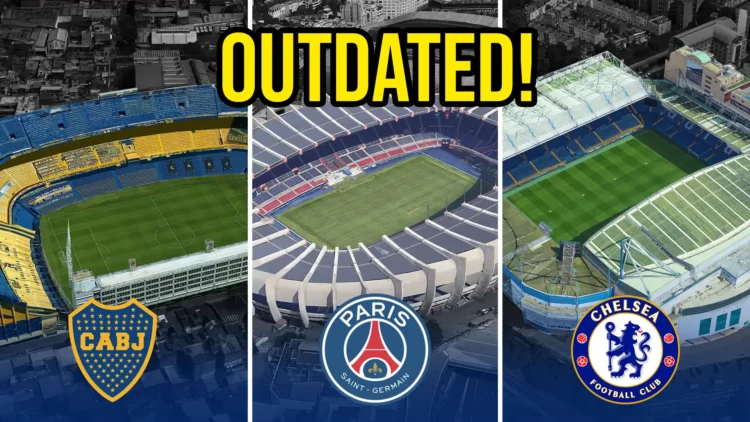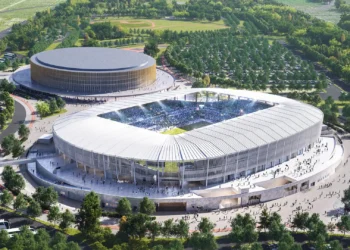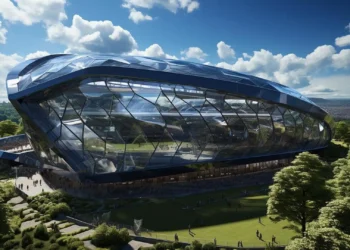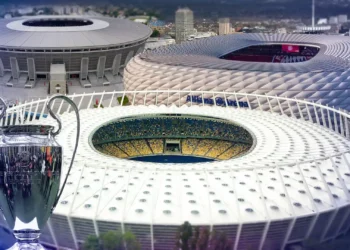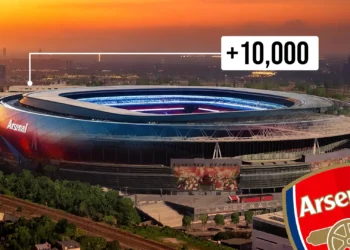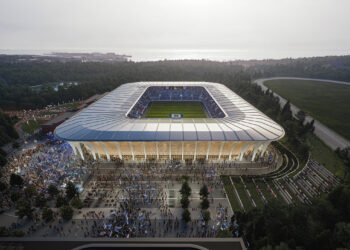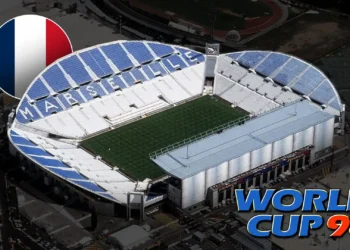While modern stadiums continue to raise the bar with sleek architecture, high-tech amenities, and unforgettable fan experiences, some iconic venues have sadly been left behind. These 10 football stadiums may have history and soul — but they’re clearly showing their age. Whether it’s outdated infrastructure, limited capacity, or simply falling behind their rivals, it’s time for a serious rethink.
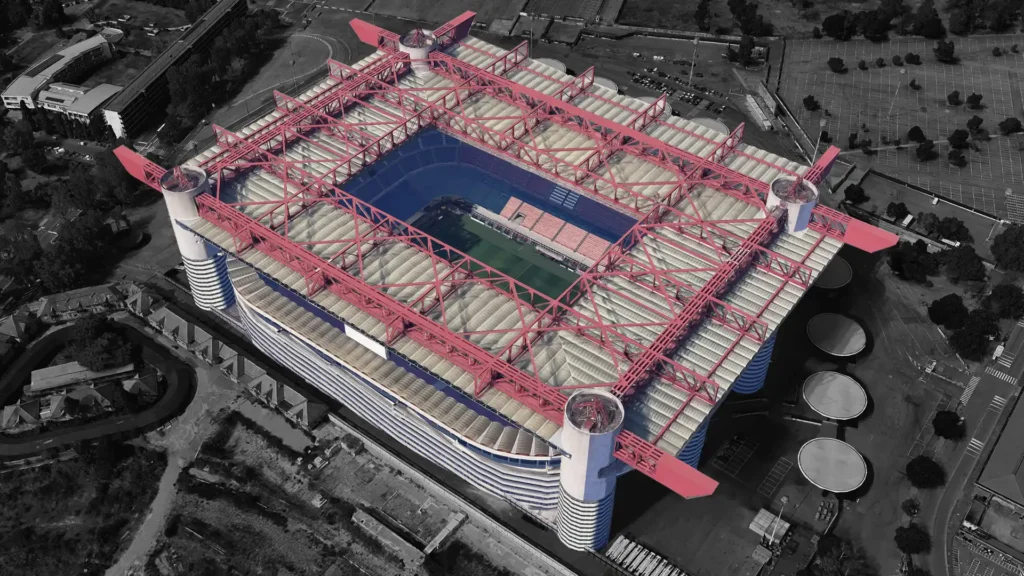
1. San Siro – Milan, Italy
Built: 1926
Clubs: AC Milan & Inter Milan
Once a monument of European football, the San Siro now feels like a giant trapped in time. Despite its legacy, the stadium’s aging structure, outdated facilities, and poor sightlines no longer meet modern expectations. While fans continue to love it, Milan’s two biggest clubs are already planning their exit — and it’s not hard to see why.
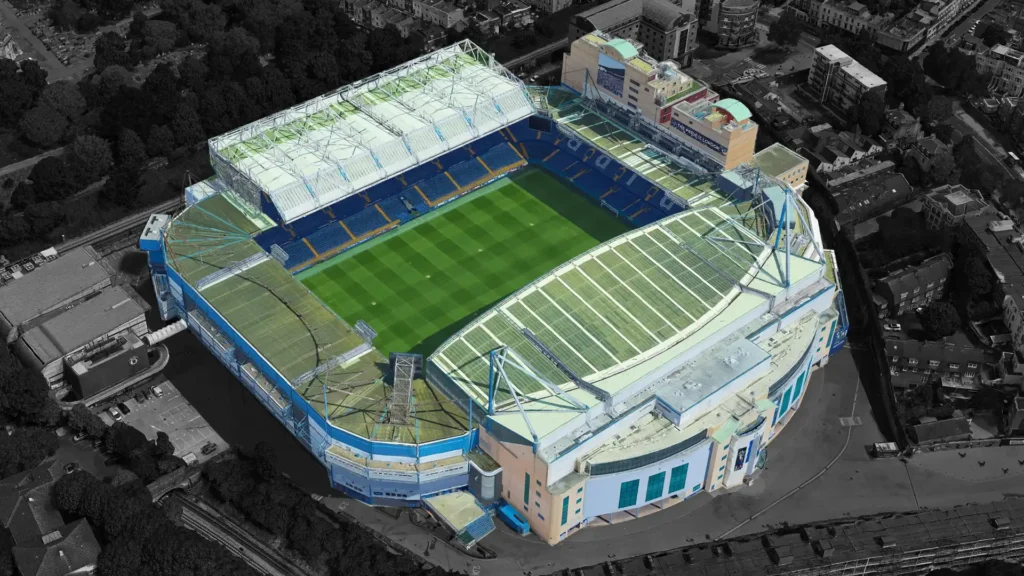
2. Stamford Bridge – London, England
Built: 1877 (redeveloped 1990s)
Club: Chelsea FC
The Bridge is charming, but also cramped, outdated, and sorely lacking in capacity. With under 42,000 seats, it’s one of the smallest among England’s top clubs. Chelsea’s rivals — Arsenal, Tottenham, even West Ham — now play in far more modern and impressive homes. Stamford Bridge is stuck in the past, and without a serious upgrade or rebuild, it risks falling even further behind.
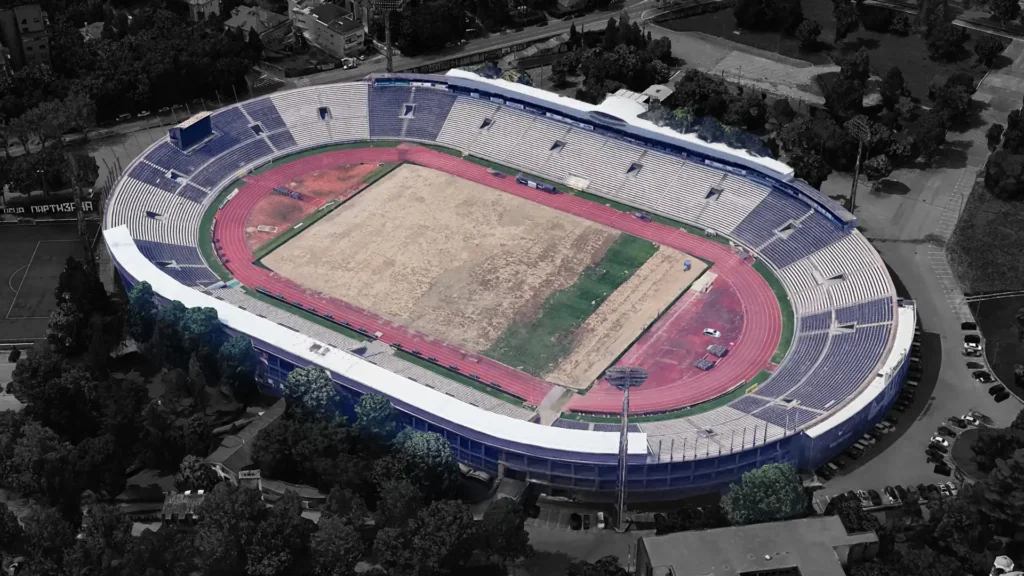
3. Partizan Stadium – Belgrade, Serbia
Built: 1949
Club: FK Partizan
This concrete relic hasn’t seen meaningful renovation in decades. The stands are deteriorating, the facilities feel post-war, and the fan experience is miles away from what modern football deserves. Serbia’s proud football history deserves better — and so does FK Partizan.
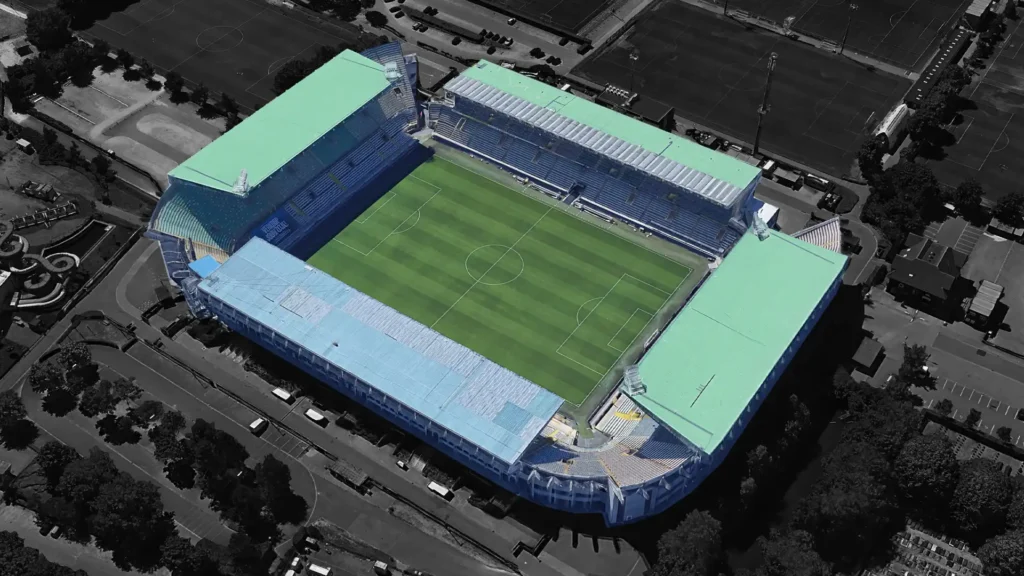
4. Jan Breydel Stadium – Bruges, Belgium
Built: 1975
Clubs: Club Brugge & Cercle Brugge
Hosting two teams and European matches, the Jan Breydel Stadium is painfully behind. The design is uninspired, the infrastructure is tired, and Brugge — one of Belgium’s strongest clubs — deserves a stadium that reflects its ambitions. Plans for a new stadium have stalled for years, and it’s costing the city both visually and competitively.
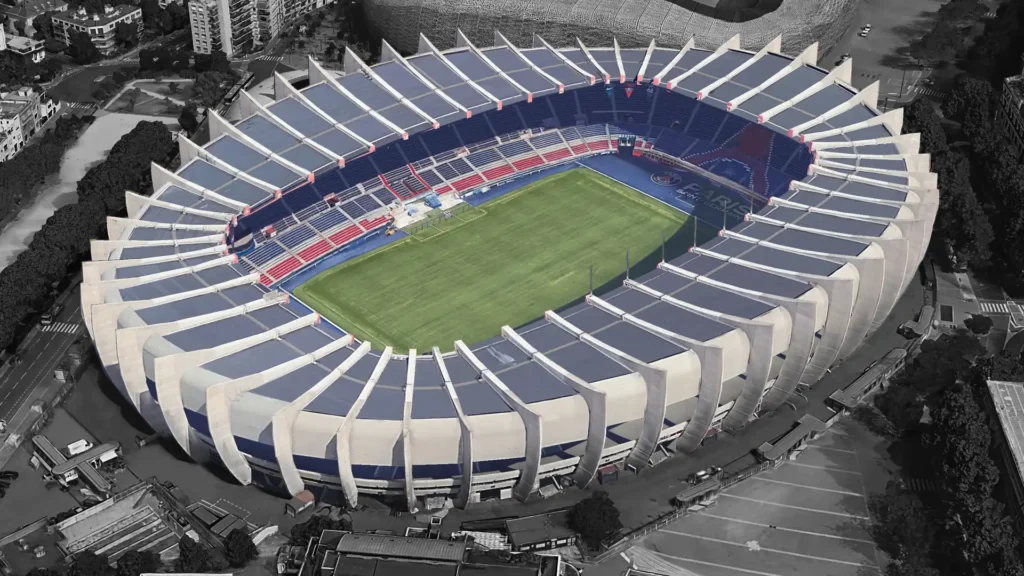
5. Parc des Princes – Paris, France
Built: 1972 (last major reno: 1998)
Club: Paris Saint-Germain
PSG has become one of Europe’s most powerful clubs, but their stadium simply doesn’t match their status. While the Parc des Princes has a unique design and loyal following, it’s aging fast, lacks expansion potential, and feels small for a club with global ambition. Whether through massive redevelopment or a move to a new ground — change is essential.
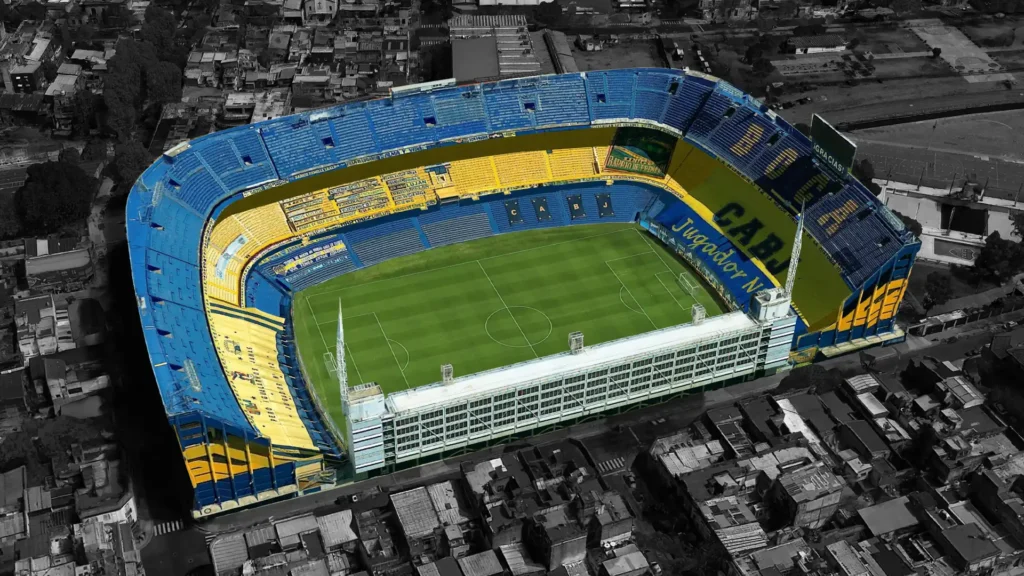
6. La Bombonera – Buenos Aires, Argentina
Built: 1940
Club: Boca Juniors
Iconic? Yes. Electrifying? Definitely. But structurally, La Bombonera is frozen in time. Narrow passageways, steep stairs, limited capacity — it’s a chaotic mix of passion and poor planning. Boca fans may not want to hear it, but their beloved temple is overdue for a respectful modernization that preserves its soul while fixing its flaws.
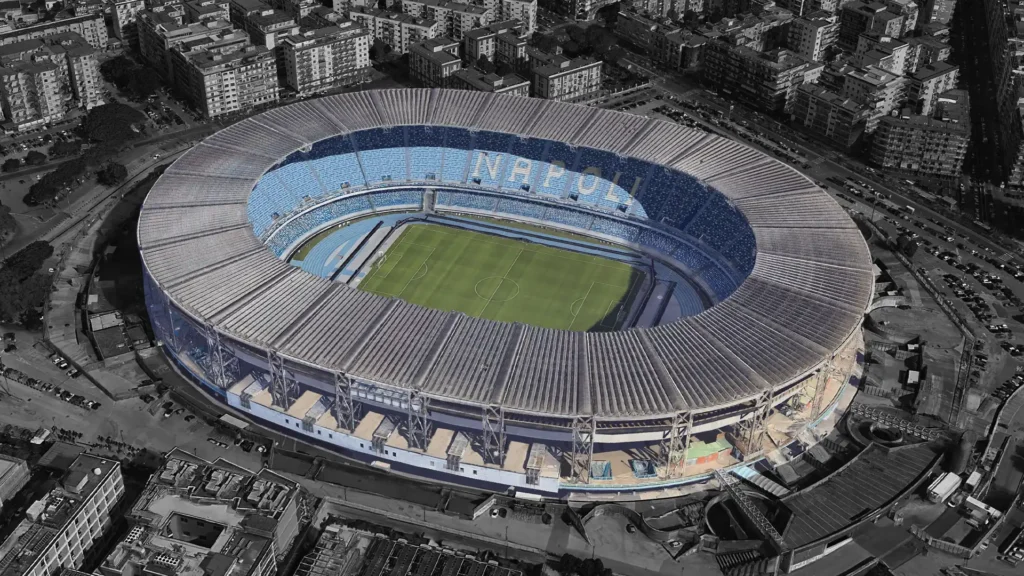
7. Stadio Diego Armando Maradona – Naples, Italy
Built: 1959
Club: Napoli
Named after a legend, but suffering from neglect. Napoli’s stadium still has a track around the pitch, lacks proper roof coverage, and has long been criticized for poor seating and outdated amenities. It’s hard to believe a Scudetto-winning club plays here in 2025. Napoli — and its fans — deserve a stadium worthy of their passion and power.
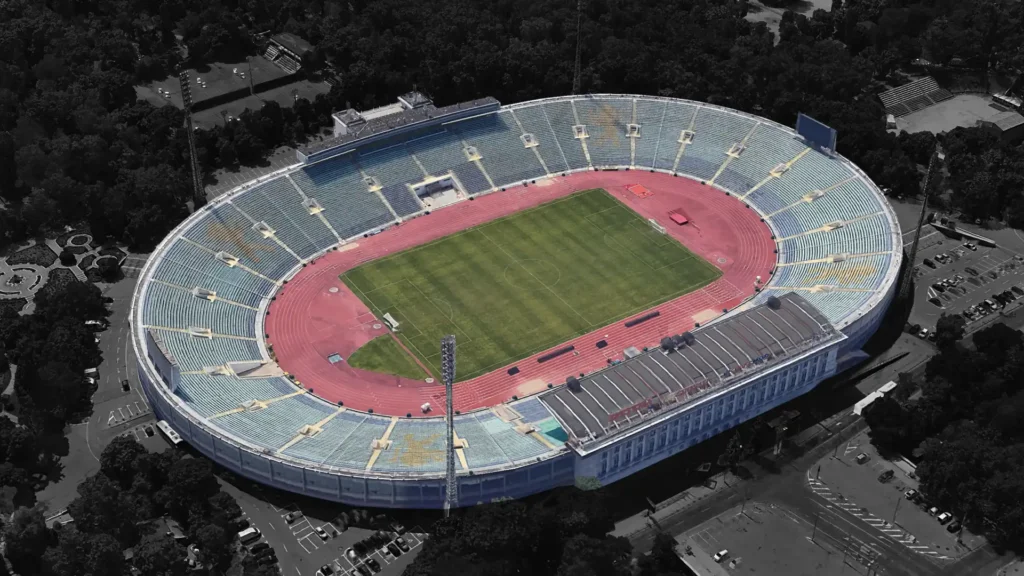
8. Vasil Levski National Stadium – Sofia, Bulgaria
Built: 1953
National Stadium of Bulgaria
How does a country with Bulgaria’s football history still rely on a stadium like this? Worn-down, uninspiring, and outdated on every level, the Vasil Levski Stadium is not fit to represent a nation. Bulgaria urgently needs a new national stadium — not just for pride, but for progress.
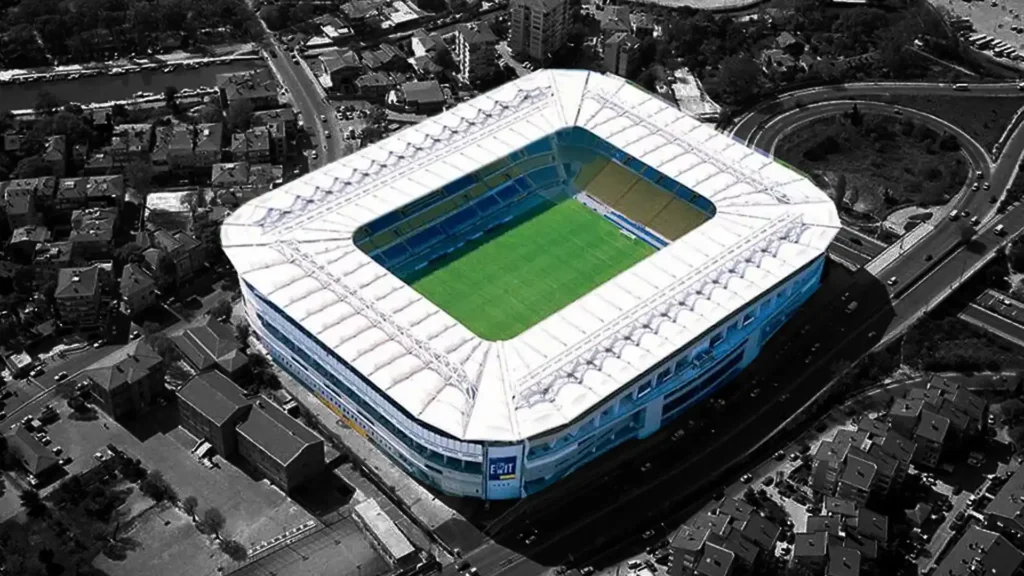
9. Şükrü Saracoğlu Stadium – Istanbul, Turkey
Built: 1908 (renovated early 2000s)
Club: Fenerbahçe SK
While once ahead of its time, the Saracoğlu now feels behind its Istanbul rivals. With Galatasaray and Beşiktaş having moved into modern arenas, Fenerbahçe’s stadium — though still beloved — needs modernization, a capacity upgrade, and a design refresh to stay competitive on and off the pitch.
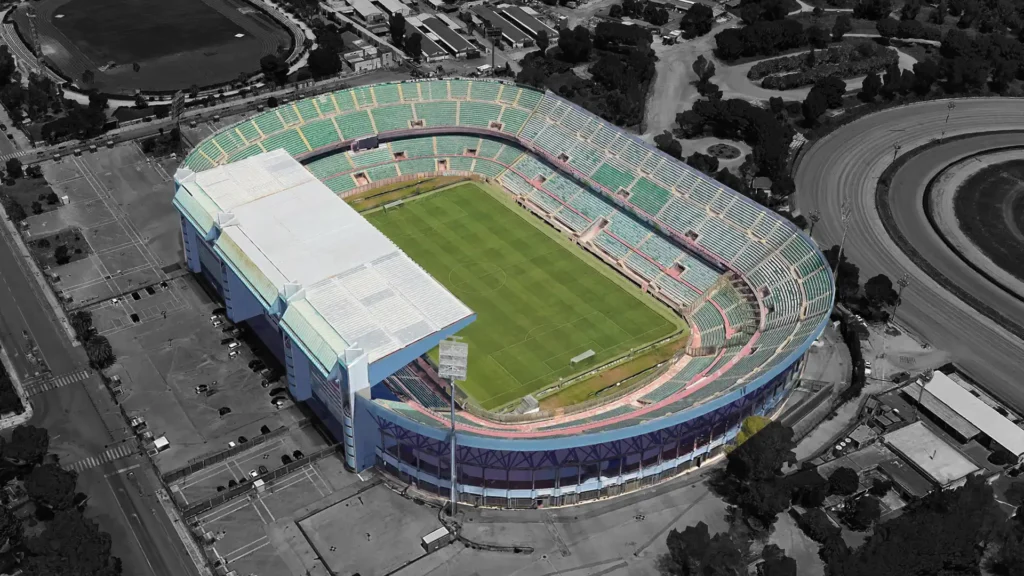
10. Stadio Renzo Barbera – Palermo, Italy
Built: 1932
Club: Palermo FC
Beautiful from the outside, but outdated inside. Palermo’s stadium has barely changed in decades. Leaky roofs, tired concrete, and limited facilities make it feel more like a time capsule than a home for modern football. Palermo is an ambitious club with growing support — the stadium needs to match that momentum.
These stadiums aren’t just old — they’re holding their clubs and fans back. With football entering a new era of fan experience, commercial growth, and world-class design, these venues must evolve or be left behind. Some need total reconstruction. Others need modernization and vision.
But all of them have the same message written across their concrete walls:
It’s time for a change.

